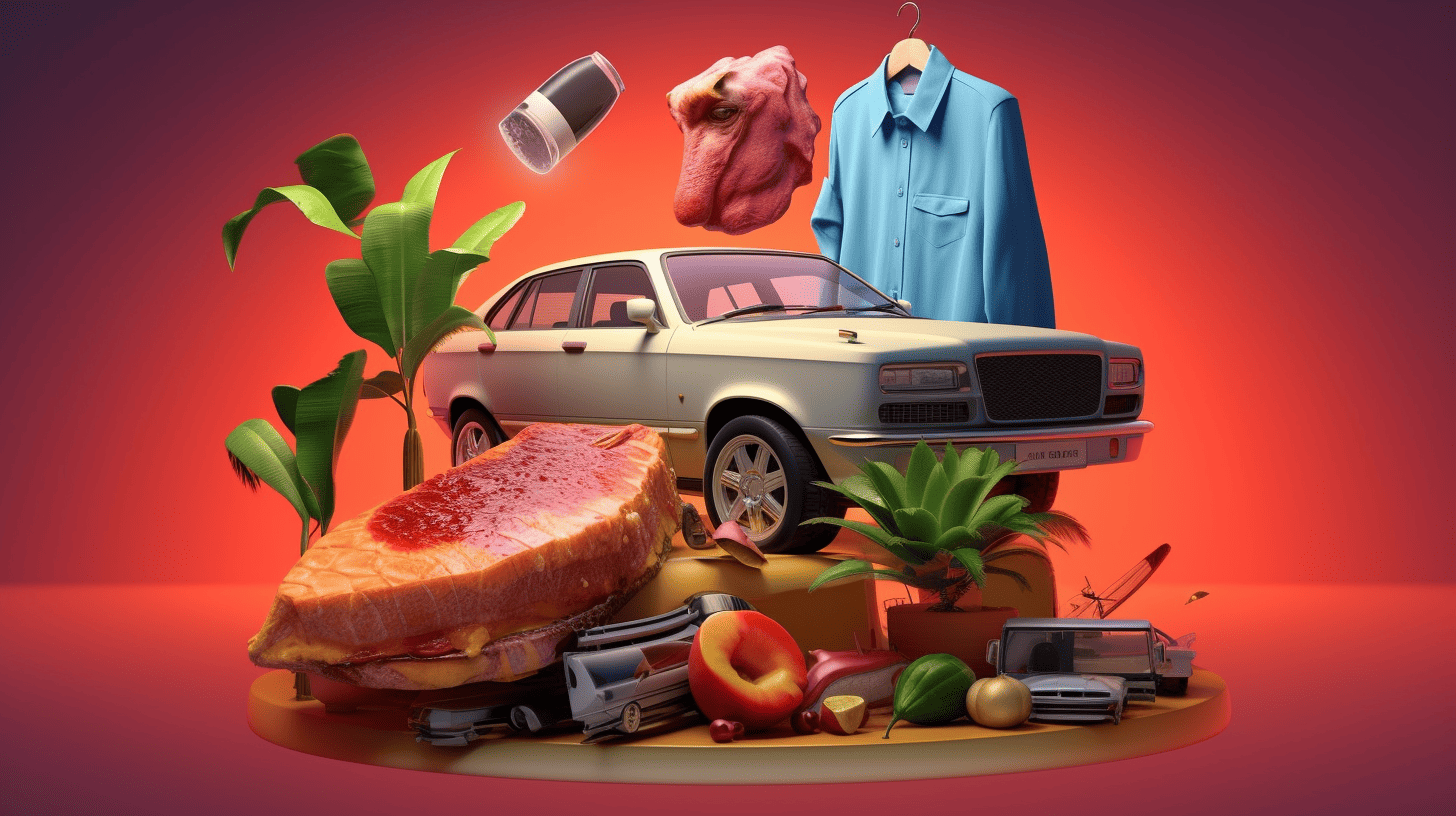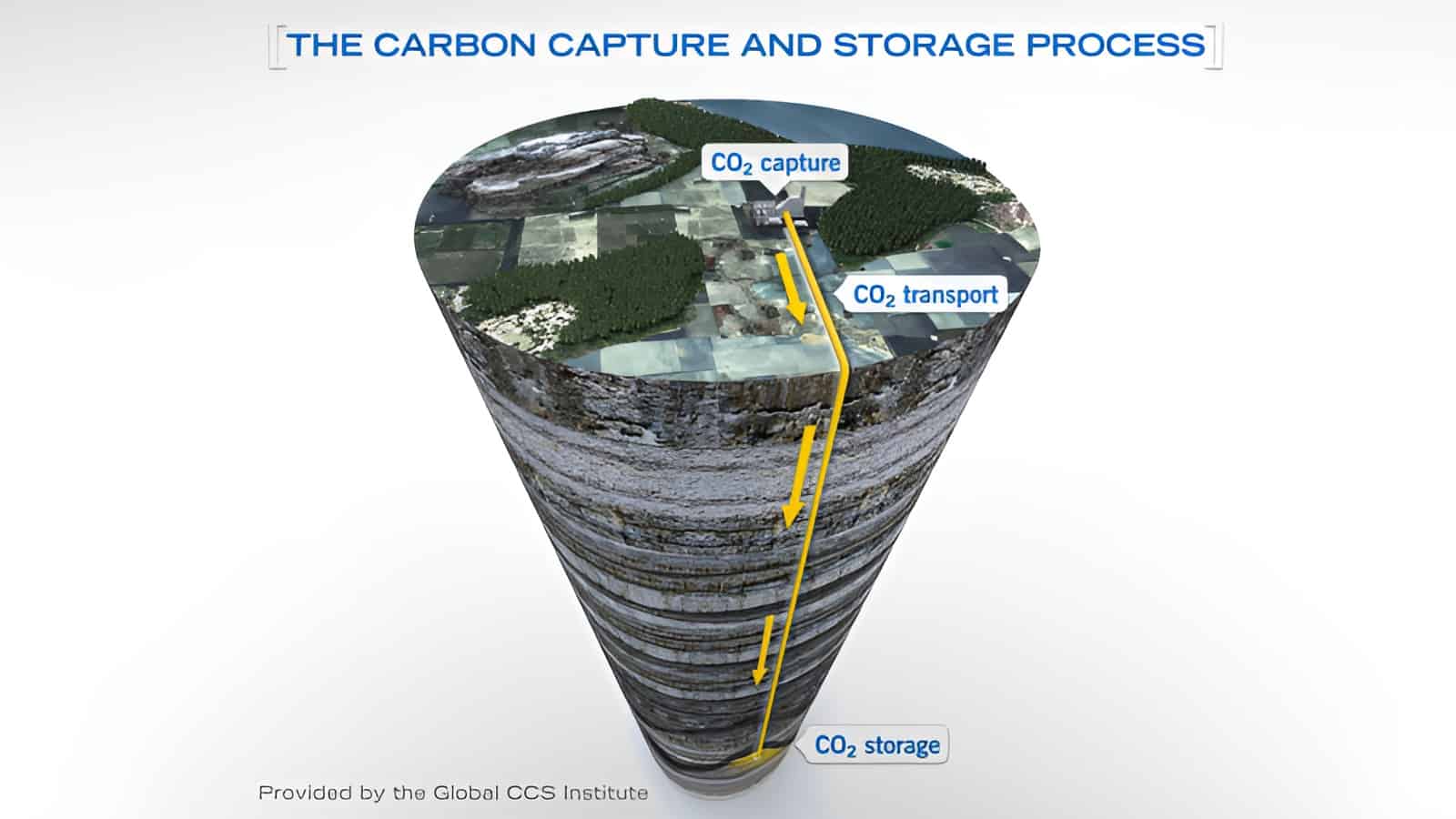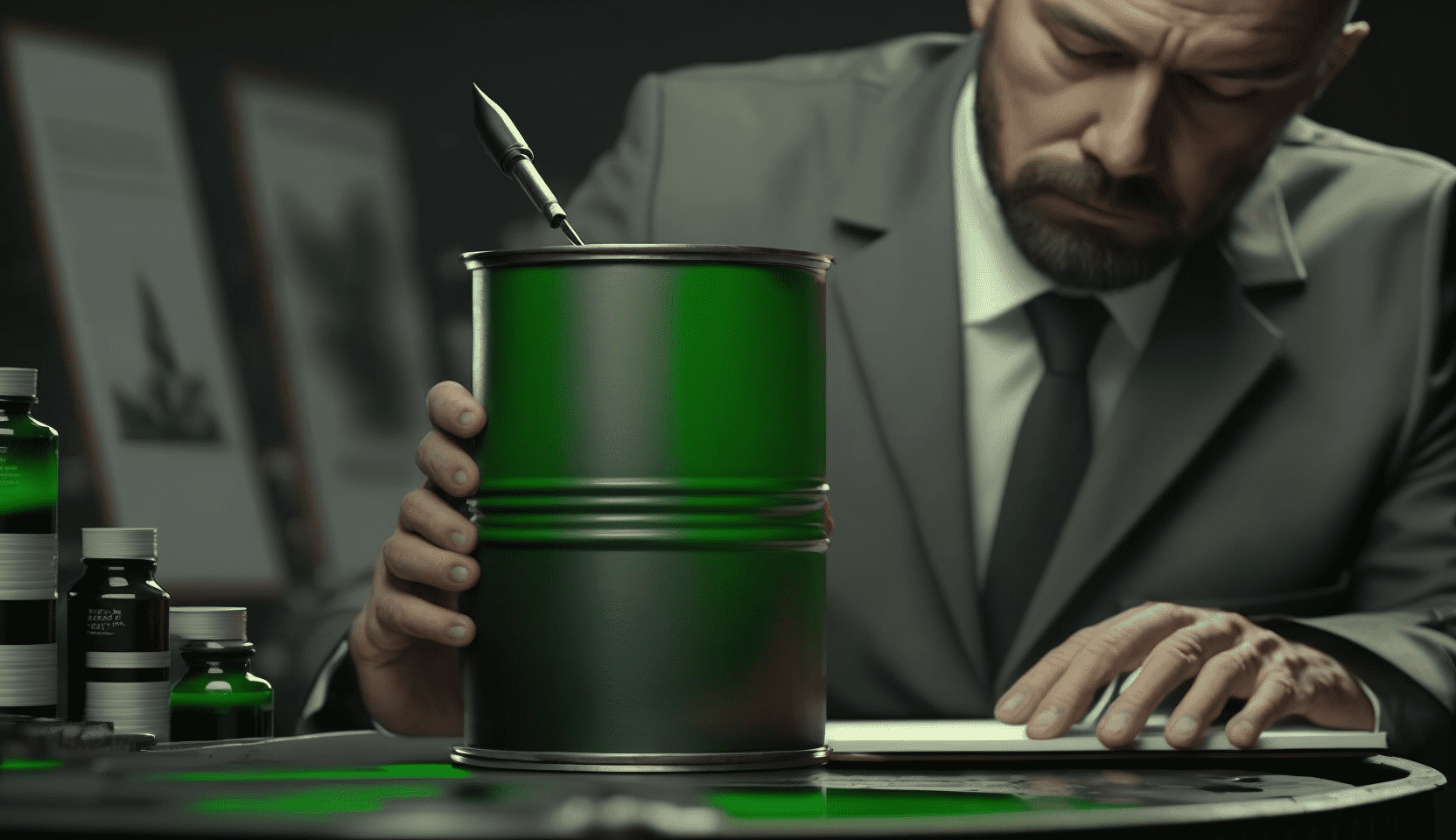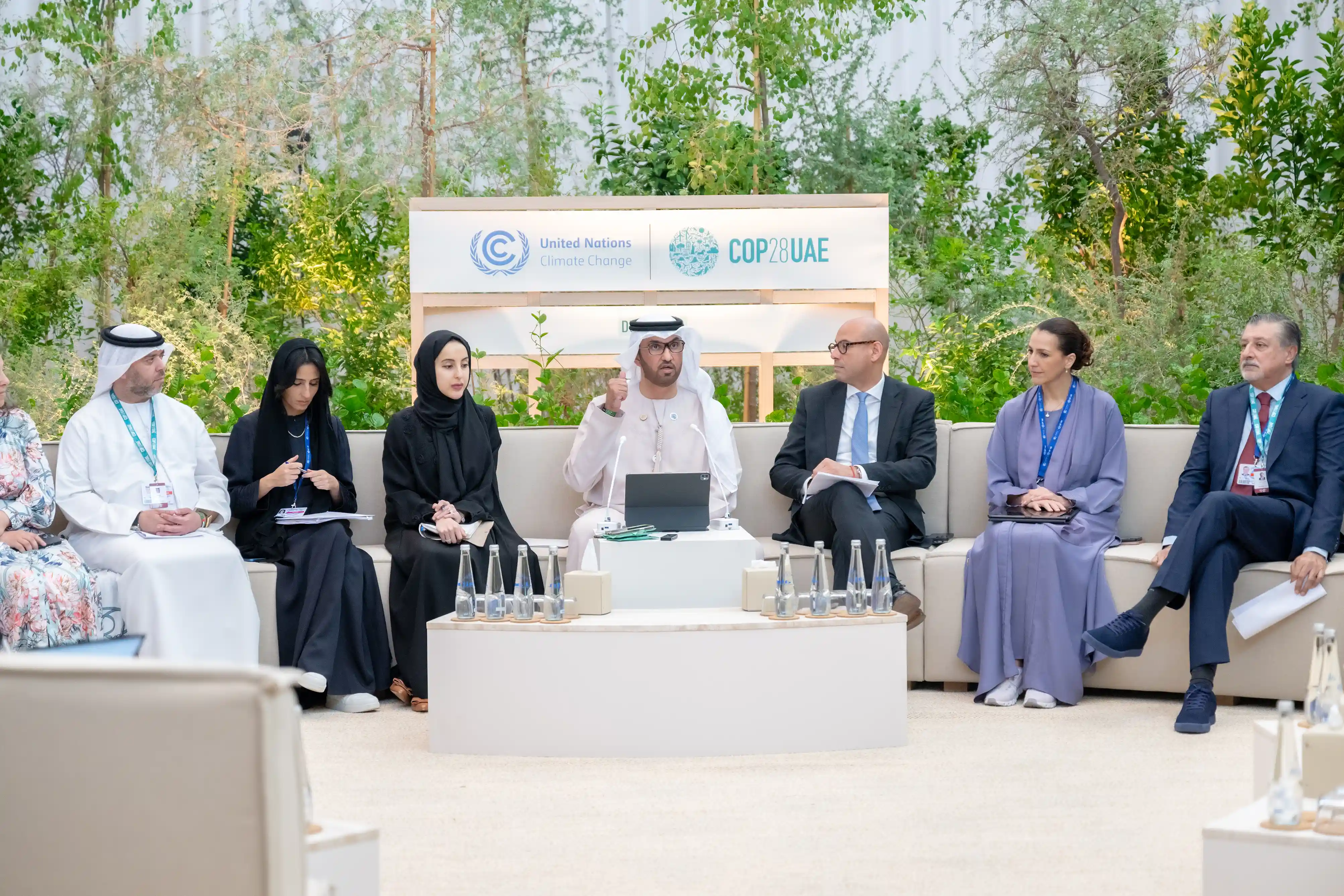
In the wake of Shell’s recent U-turn on green commitments, the role of the consumer in driving the transition to a carbon-neutral, climate-friendly future has never been more critical. As Shell plans to invest $40 billion in oil and gas production, compared to a mere $10-15 billion in low-carbon products, it’s clear that the fossil fuel industry is still heavily invested in the status quo. But it’s not enough to point our finger at the fossil-using industries. We, as consumers, have the power to change this. And the duty.
Of course, it’s not just about Shell. It’s about all carbon and nitrogen-related industries, including aviation, shipping, energy production, agriculture, and all the organizations financing and developing their initiatives. But most of all, it’s about the people using the products created by these industries.
The consumer’s role is multifaceted. As car drivers, meat eaters, gadget buyers, and fashion addicts, we can influence the market through our purchasing decisions. By choosing electric vehicles and bicycles over gas-guzzlers, plant-based foods over meat, sustainable gadgets over those with a high carbon footprint, and slow fashion over fast, we can message industries that we value sustainability over convenience. And yes, we don’t have to wait for others to start this journey, it’s possible for everyone, everywhere, now.
Car drivers can significantly impact by switching to electric vehicles, using public transportation, cycling, or walking whenever possible. This reduces the demand for fossil fuels and sends a clear message to car manufacturers about the kind of products consumers want.
As meat eaters, we can reduce our consumption or switch to plant-based diets. The meat industry is a significant contributor to greenhouse gas emissions, and by reducing the demand for meat, we can help drive the industry towards more sustainable practices.
Apart from abstaining from buying every new version of every device, gadget lovers can choose to buy from companies that prioritize sustainability and have clear plans for reducing their carbon footprint. By doing so, we can encourage more companies to adopt sustainable practices.
Fashion addicts can choose to support slow fashion – buying less, choosing quality over quantity, and opting for brands that prioritize sustainability. The fashion industry is a significant contributor to global emissions, and by changing our buying habits, we can help drive the industry toward a more sustainable future.
Beyond purchasing decisions
But our power as consumers goes beyond our purchasing decisions. We can also use our voices to demand change. We can lobby our governments for stricter emissions regulations, support organizations fighting for climate justice, and hold companies accountable for their actions.
Shell’s recent actions have shown that the fossil fuel industry will not change its ways without a fight. But as consumers, we have the power to influence the market and demand a sustainable future. Making conscious choices and using our voices can help drive the transition to a carbon-neutral, climate-friendly future.
The world is changing, and green energy is not only better for the environment but also becoming more cost-effective. Anyone visiting this website regularly knows there are sustainable solutions for all the world’s problems. But it all comes down to using them instead of sticking to our old habits.
Businesses that fail to adapt may find themselves left behind, as was the case with Kodak. As consumers, we have the power to ensure that doesn’t happen. Let’s use it.






